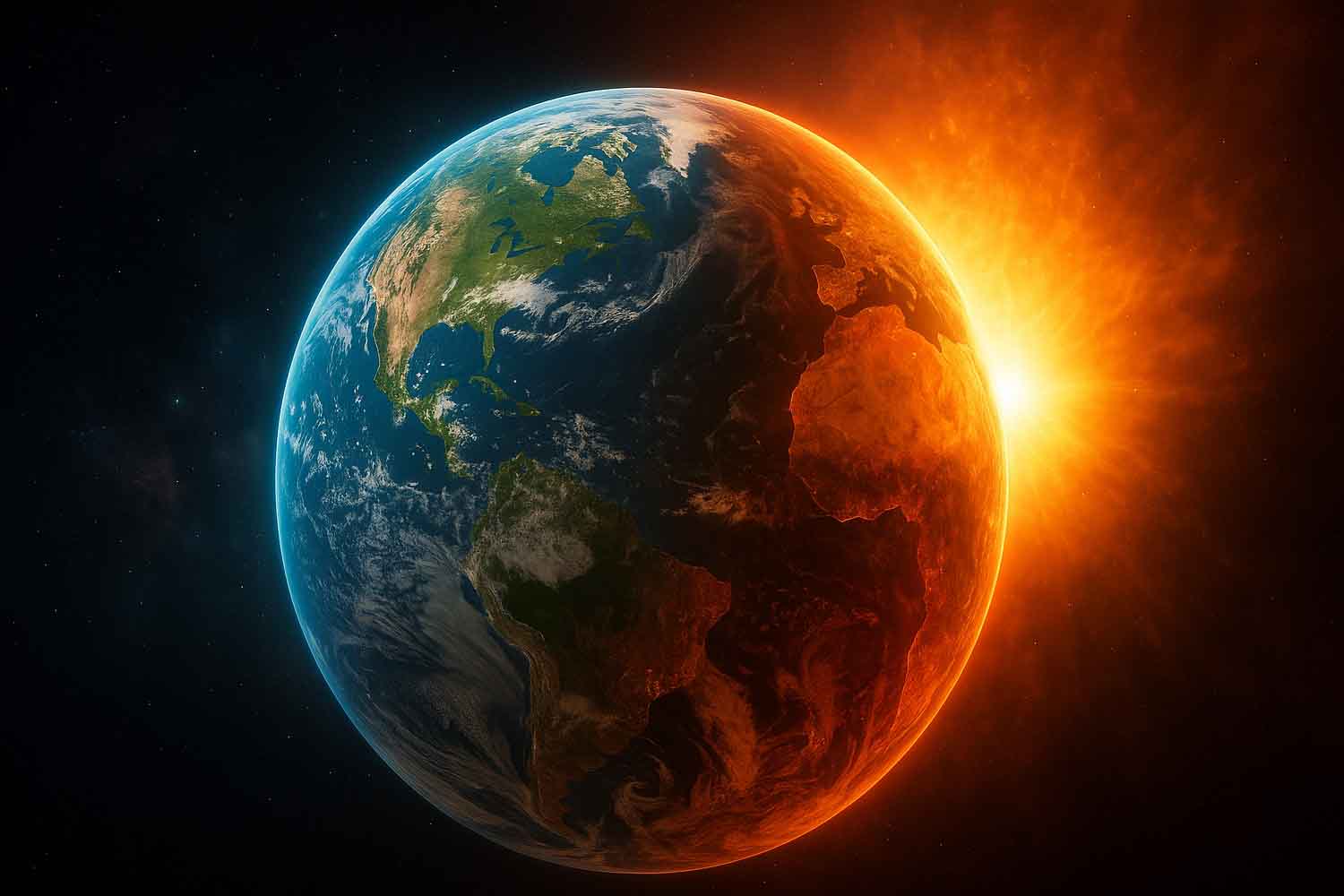NASA, with Toho University, predicted the end of the world using supercomputers: here's when Earth will become uninhabitable and why it will happen

Put like that, it sounds like the beginning of an apocalyptic movie: scientists, supercomputers, NASA in the mix, and an ending that doesn’t look promising. Yet, behind the catastrophic headlines lies a very serious study: a group of Japanese researchers from Toho University, together with NASA, used incredibly powerful supercomputers to answer a question as ancient as it is unsettling: “When will the world end?” The answer, unfortunately, is not “never.”
The simulations paint a picture of a future where the Sun, becoming increasingly bright and hot, will transform Earth into a cosmic oven. We’re not talking about a few decades from now — but not an eternity either: according to projections, in about a billion years the atmosphere will lose almost all its oxygen and life, even microbial life, will disappear forever.
The study, published under the title “The Future Lifespan of Earth’s Oxygenated Atmosphere,” shows that Earth’s fate is inextricably linked to the Sun’s evolution. With increasing solar activity, the oceans will slowly begin to evaporate, the atmosphere will thin out, and temperatures will make life impossible.
In other words: we won’t need sunscreen, beach umbrellas, or air conditioning anymore. Simply put, there will be no one left to tan. According to calculations, the end will arrive around the year 1,000,002,021 — yes, you read that right, more than a billion years in the future. But here’s the thing: humans will never get there. Our planet is already showing the first signs of change: rising temperatures, declining oxygen, melting ice, and a Sun that — literally — is becoming increasingly agitated.
Earth is already in its “crisis period”
Kazumi Ozaki, the study’s lead author, explains that old estimates suggested Earth would remain habitable for another two billion years. Now, thanks to new models, that time has been cut in half.
According to Ozaki:
As the Sun ages, it becomes hotter and destabilizes our atmospheric balance. Oxygen will decrease, temperature will increase, and the planet will become inhospitable.
In short, we’re witnessing the first symptoms of the planet’s old age. And as often happens, humans — with their emissions, deforestation, and profit obsessions — are accelerating the process. A bit like adding oil to the fire… of an oven that’s already turned on.
We’re closer to the end than the beginning
It’s not pessimism, it’s planetary biology. According to researchers, the signs are clear: Earth’s magnetic field is weakening, solar storms are becoming more intense, and our atmosphere is slowly changing composition. Sure, we won’t disappear tomorrow morning. But the Earth we know — the one with blue seas and breathable air — won’t last forever.
Perhaps we should start considering the “end of the world” not as a sudden event, but as a slow transformation already underway. And even if we won’t be here to witness the grand finale, it’s worth remembering that the future isn’t written yet — but global warming is.
Source: Nature Geoscience
